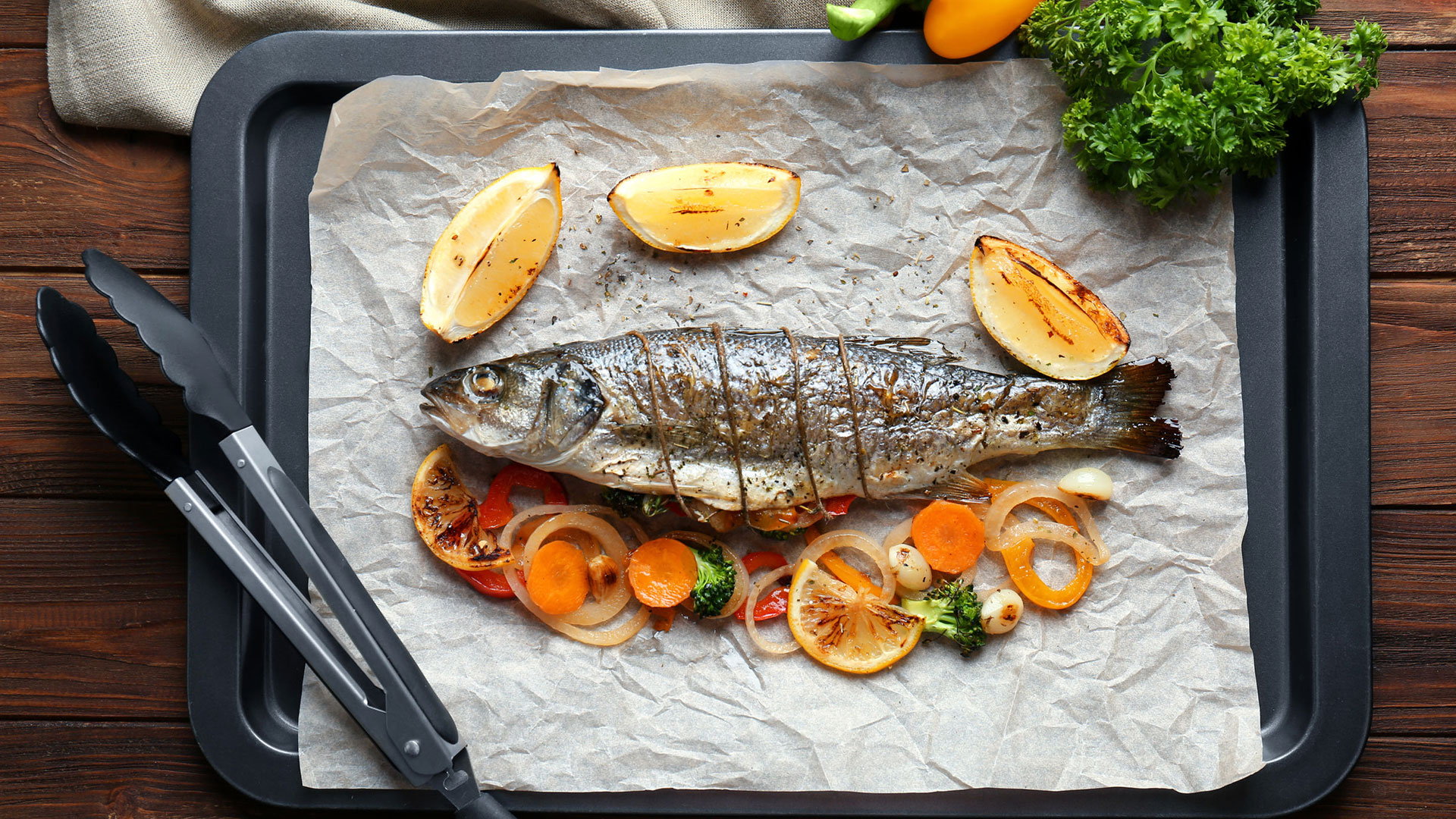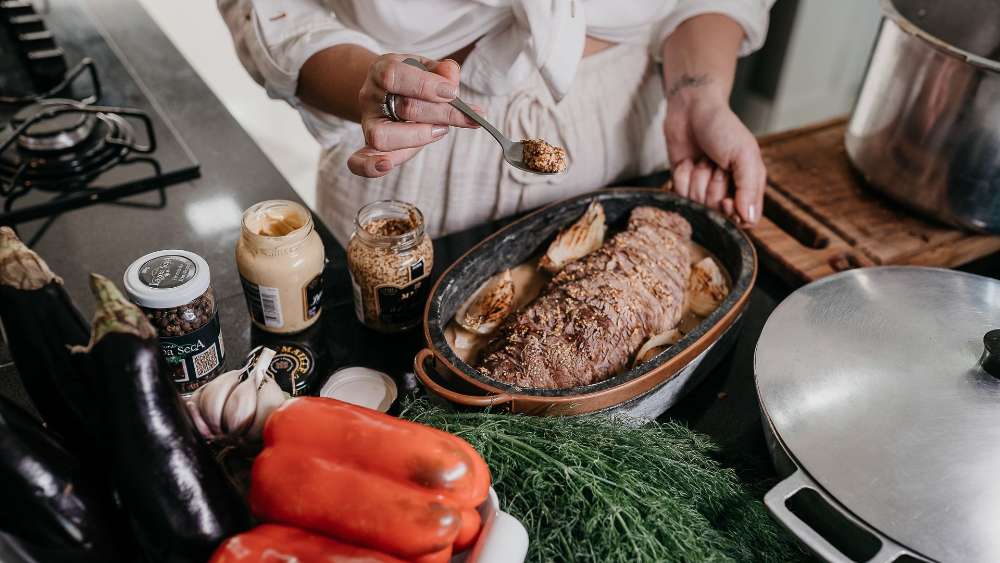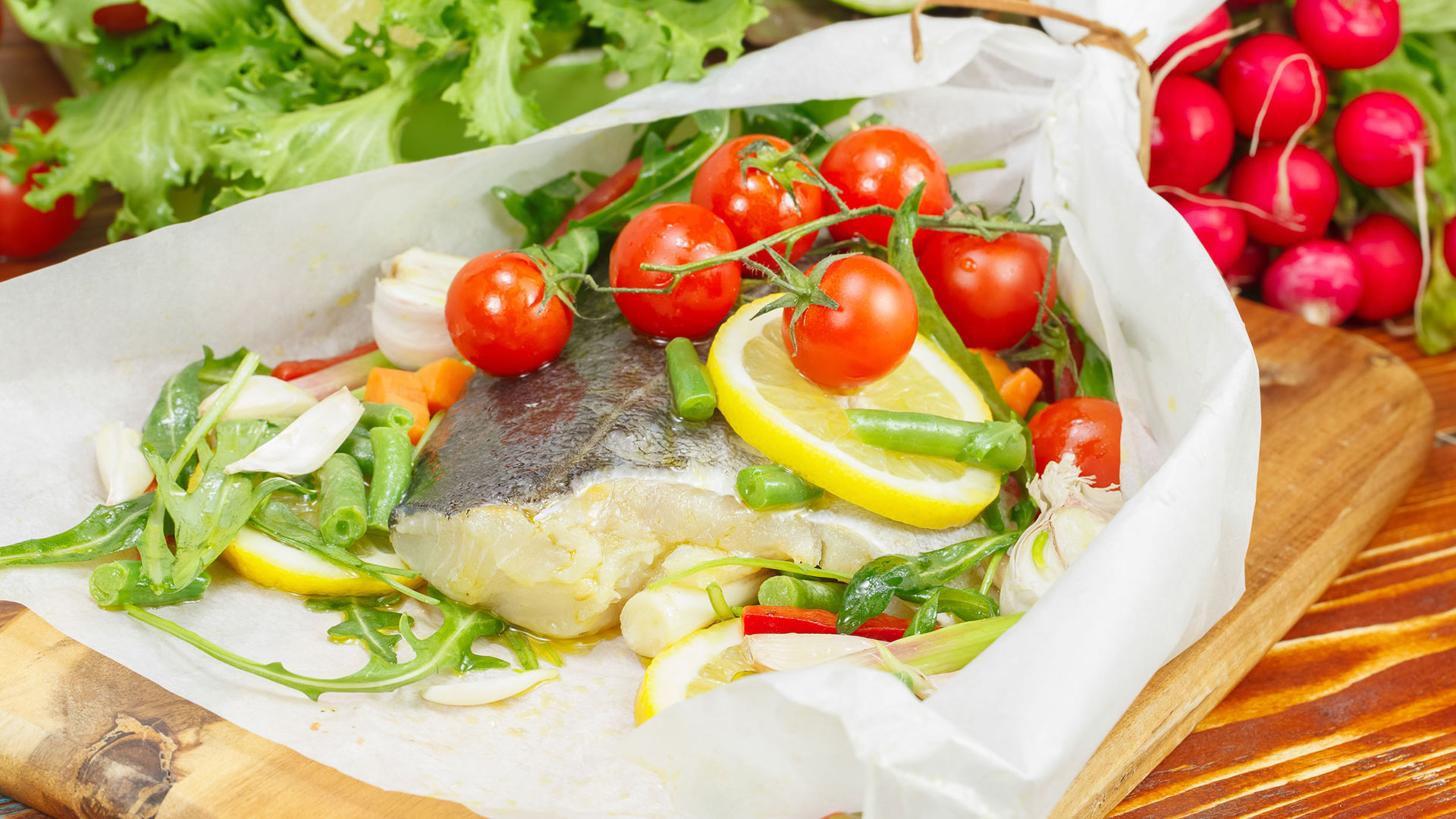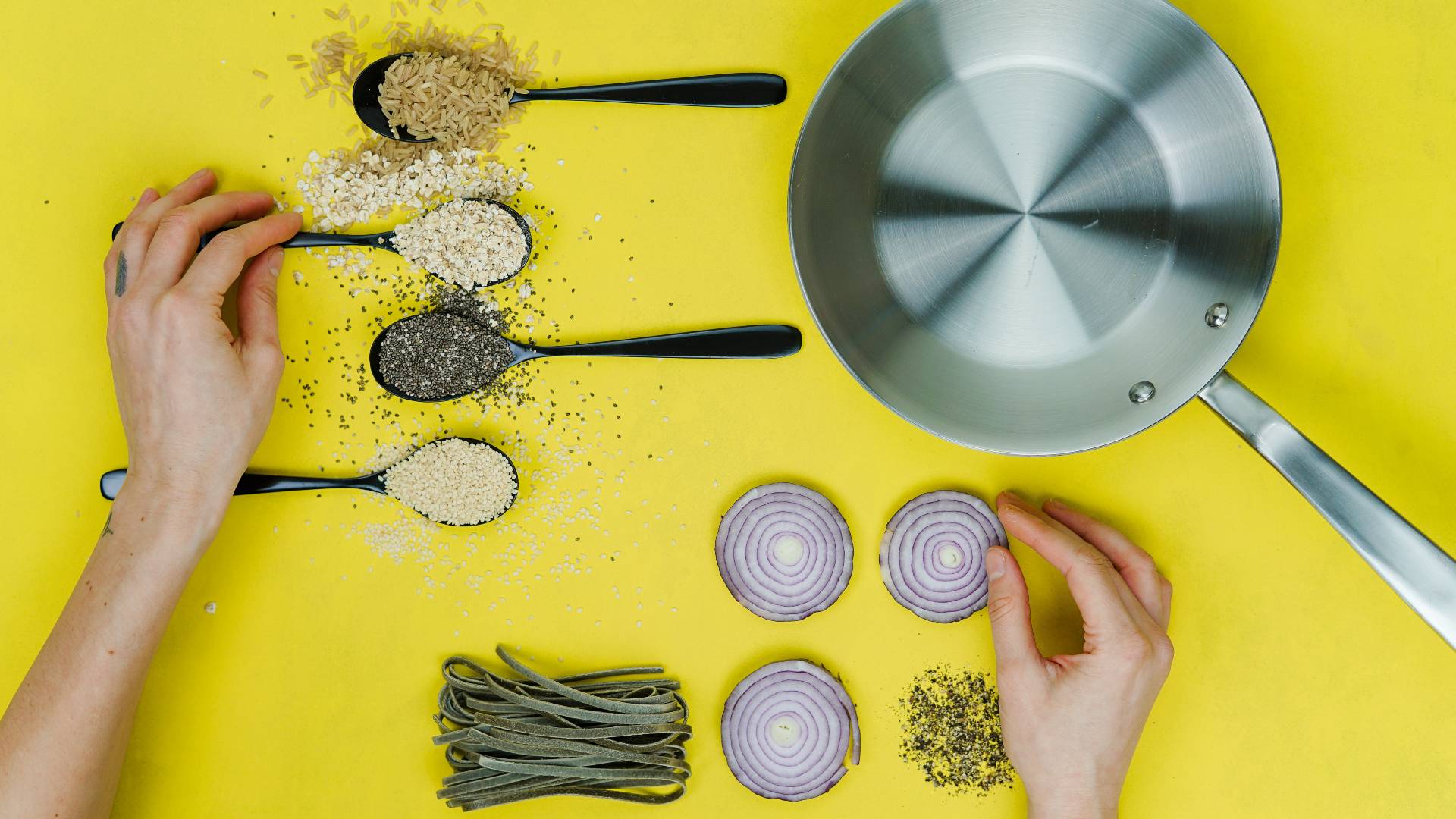3 Things To Know About Cooking With Citrus Fruits
1. Don’t waste the peel or pith
This is where the essence of the fruit lies, which is why chefs and bakers love zesting lemons, oranges, grapefruit and other citrus fruits, and then using the fragrant rind in cake frosting, roast meats and so on. If you can, it’s best to pay a little more and buy organic fruit since you are consuming the outer part. Otherwise, be sure to scrub the rind with a clean toothbrush and soak the fruit in salt water for a while.
Besides the peel, grapefruit pith – the spongy white “flesh” lining the outer skin – is also rich in antioxidants and fibre. Of course, we wouldn’t recommend you eat the pith on its own as it’s tasteless, even bitter. When using the fruit in dishes, don’t dump the pith but add it into your cooking.
2. They can work in savoury dishes too
With their bright and tangy notes, citrus fruits may work very well in desserts and cakes but they can also lift savoury dishes. The more common ways of using them in cooking include laying orange slices on grilled fish, squeezing limes into Asian dishes like tom yam soup and making lemon chicken.
I like peeling oranges and chopping the flesh up to use in a prawn-and-tomato stew. In fact, oranges are unexpectedly versatile and can be used in salads (the pulp goes really nicely with lobster or crab meat and spinach leaves) or as glazes for salmon and even potatoes.
3. Avoid them when taking medication
There are more than 80 reported drugs that can interact negatively with some citrus fruits such as grapefruit, pomelos and limes. These drugs include certain antibiotics, cancer and heart medications, and even those that lower cholesterol levels. The “riskiest” fruit is grapefruit as it is said to prevent some medications from breaking down in your body. When this happens, the drugs can become toxic in you.











